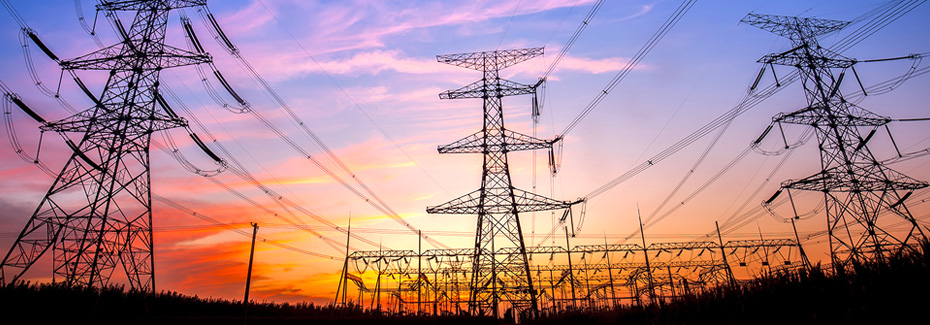Real Estate Matters

FirstEnergy's operating companies and/or affiliates own and operate an extensive network of approximately 24,000 miles of high-voltage transmission lines. These types of lines act as an interstate highway system to bring electricity from generating stations to local substations in a safe and effective matter, and to serve as interconnections with other transmission systems. Transmission lines typically are housed in transmission rights-of-way corridors. The majority of transmission rights-of-way are controlled by an easement; however, some are owned in fee by a FirstEnergy operating company.
Fee property
Fee property means that a FirstEnergy operating company is the active owner and holds title to the premises. A FirstEnergy operating company has all the rights and interests to the property, as well as the responsibility of paying all the taxes on the property. Fee property is commonly used for substations, generating stations, and line shops, as well as existing and future transmission lines.
Transmission line easements
Transmission line easements are property interests owned by a FirstEnergy operating company to use property to construct, operate, and maintain high-voltage transmission lines. A transmission line easement can vary in width depending on the voltage of the line, or the amount of lines for which the easement was obtained. Some easements can reach widths of up to five hundred feet and typically contain large wood poles, wood H-frame structures, concrete poles, steel poles, or steel lattice towers. Included in these easements are ingress and egress rights. It is also important to note that some transmission line easements contain vacant area so future transmission lines can be built to accommodate the growing demand for electricity.
Maintaining rights-of-way
FirstEnergy operating companies have a priority to keep their right-of-way corridors clear of obstructions, impediments, and structures in order to maintain safe, reliable service to its customers, as well as to provide power flow to other areas on the transmission grid. To do so, we have developed a list of transmission rights-of-way restrictions. Everyone must abide by these restrictions.
Real estate request form
If you have a compatible use request within a specific right-of-way that is forbidden by the listed transmission rights-of-way restrictions, you can print out our Real Estate/Right of Way Request form, and submit it via postal mail for our consideration.
Purchasing, leasing, licensing on FirstEnergy operating company fee-owned property
Our Real Estate/Right of Way Request form also can be used for those interested in purchasing any surplus fee-owned property, or obtaining a lease, license, or easement on fee-owned property. Please print this form and submit it via postal mail for our consideration.
Differences between transmission and distribution rights-of-way
Distribution rights-of-way cover distribution lines that serve homes and residences. Transmission lines do not directly serve homes or residences. If you have any questions regarding a distribution line or distribution right-of-way, please contact your local operating company.
Still need help?
Contact us at FERealEstate@firstenergycorp.com with your questions.
